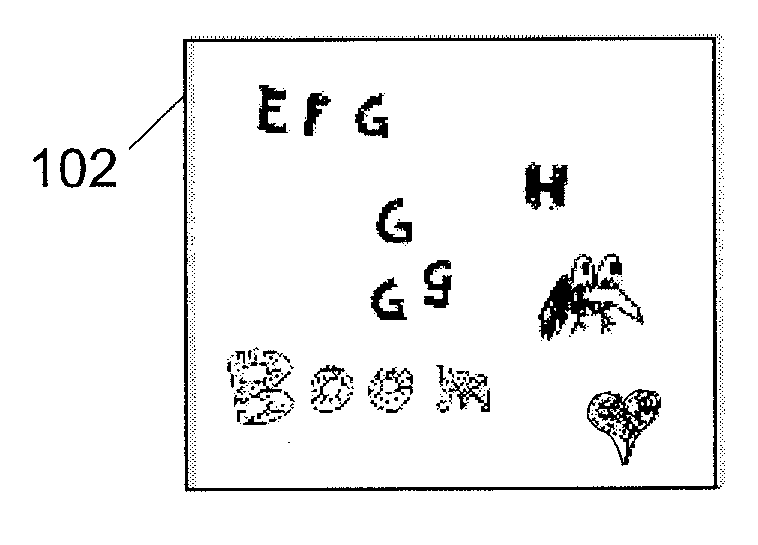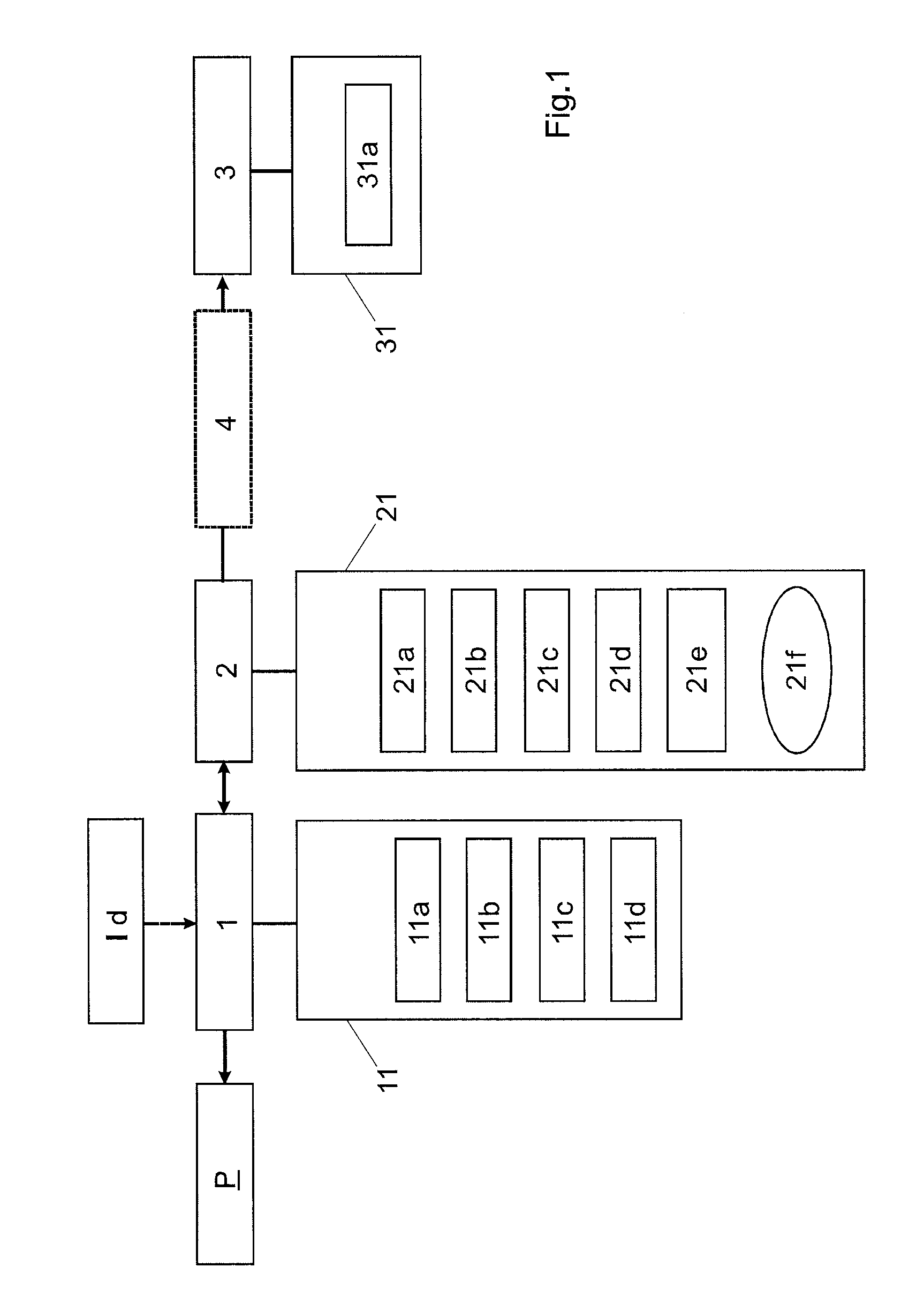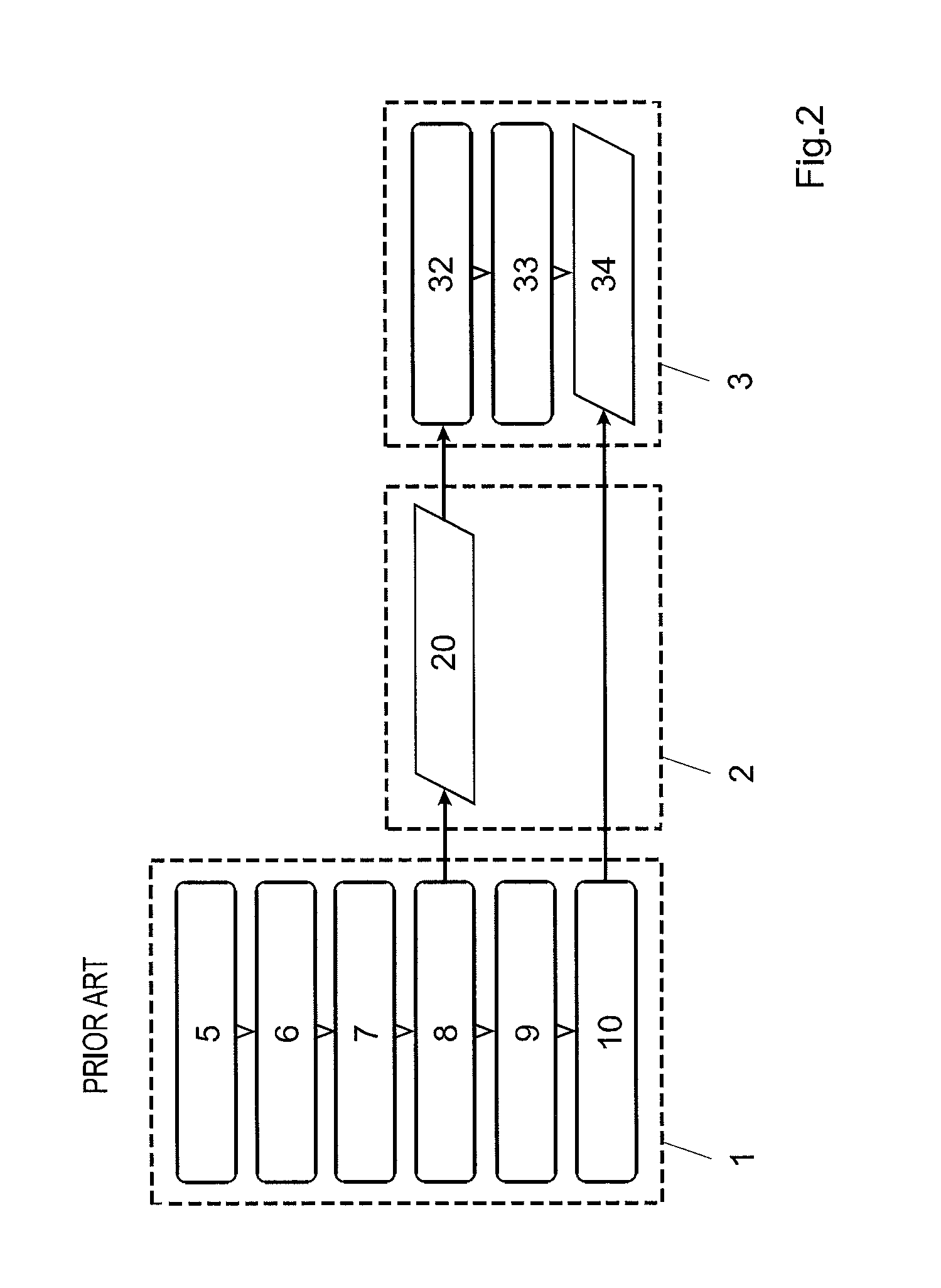System and method for creating and sharing personalized fonts on a client/server architecture
a client/server architecture and personalized font technology, applied in the field of method and system for creating, editing, storing, distributing and/or rendering personalized fonts, can solve the problems of limited customization possibilities, text-based applications sharing some common limitations, and the attractiveness of new or unusual fonts, which are often limited,
- Summary
- Abstract
- Description
- Claims
- Application Information
AI Technical Summary
Benefits of technology
Problems solved by technology
Method used
Image
Examples
Embodiment Construction
[0088]For understanding purposes, a definition of the following words as they are used in this document is provided:
[0089]A letter corresponds to a single alphanumerical or non alphanumerical character, to a symbol, pictogram, etc.
[0090]A word is a series of letters which may or may not be visually inter-connected. A word usually carries one meaning and is separated from other words by a word separator, for example by a space.
[0091]A glyph is an element of writing, i.e. a single portion of an image of a text which contributes to the meaning of what is written. A glyph may correspond to a portion of a letter, a complete letter, an alphanumerical character, a pictogram, a smiley, an emoticon, an ideogram, etc.
[0092]A ligature corresponds to two or more glyphs which are visually inter-connected, for example when two or more characters are joined in handwriting.
[0093]The word text needs to be understood in its broad acceptation. Basically, a text is an ordered set of letters, including ...
PUM
 Login to View More
Login to View More Abstract
Description
Claims
Application Information
 Login to View More
Login to View More - R&D
- Intellectual Property
- Life Sciences
- Materials
- Tech Scout
- Unparalleled Data Quality
- Higher Quality Content
- 60% Fewer Hallucinations
Browse by: Latest US Patents, China's latest patents, Technical Efficacy Thesaurus, Application Domain, Technology Topic, Popular Technical Reports.
© 2025 PatSnap. All rights reserved.Legal|Privacy policy|Modern Slavery Act Transparency Statement|Sitemap|About US| Contact US: help@patsnap.com



